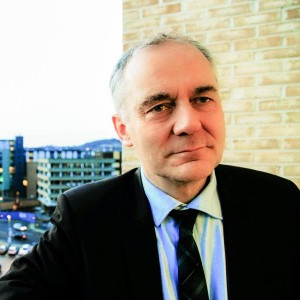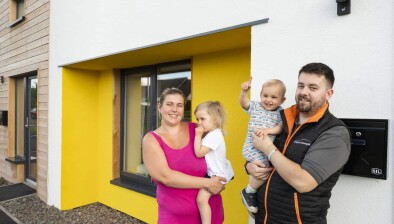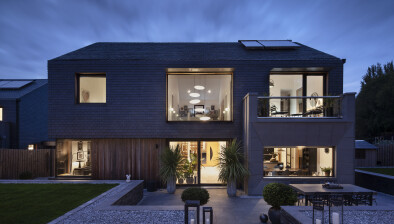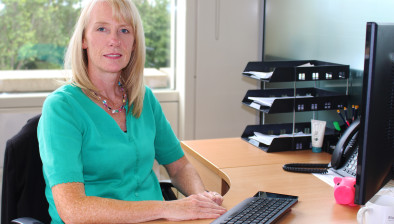Black’s Blog: Passive Hooses for Scotland
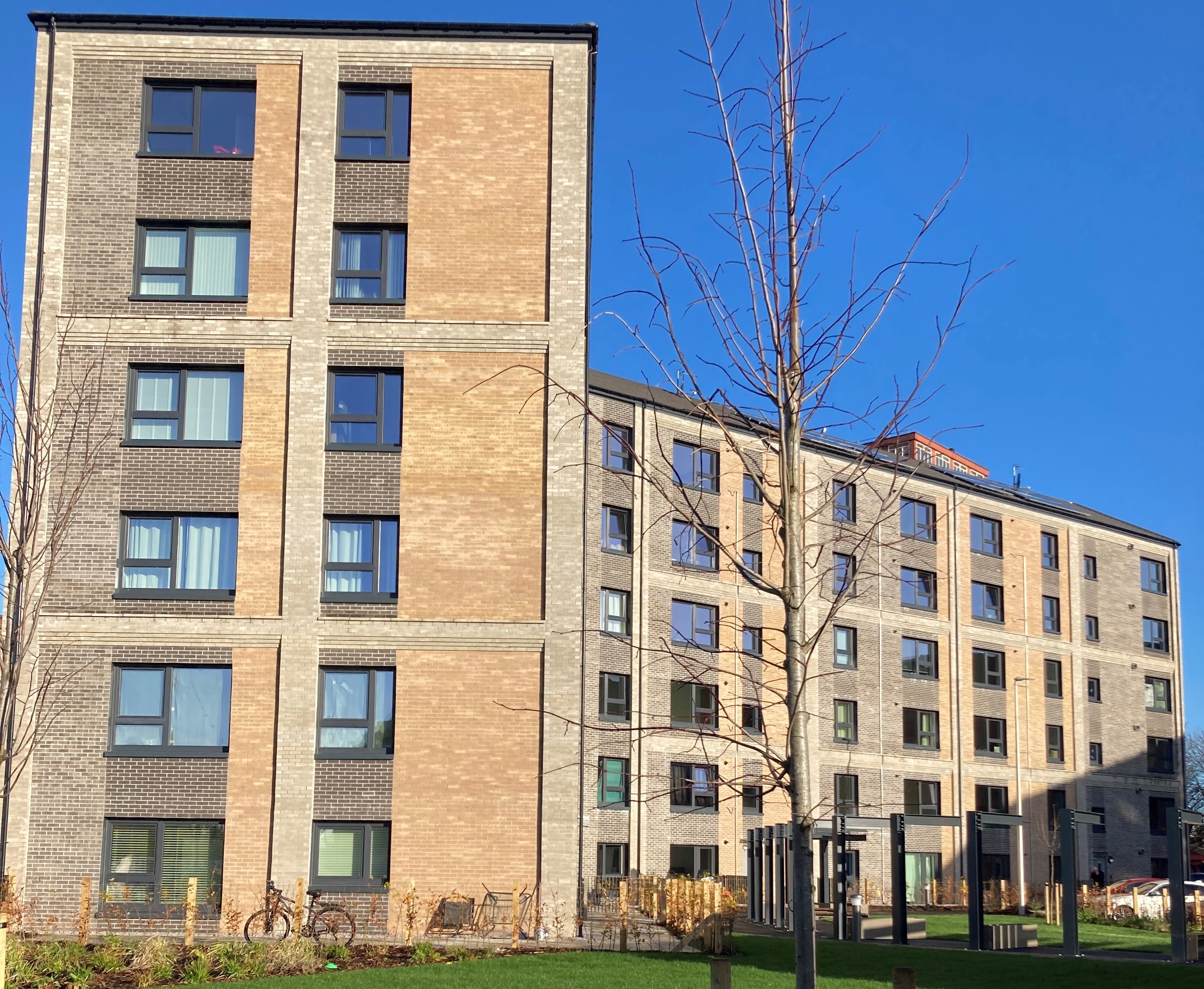
West of Scotland Housing Association, CCG and hub West Scotland have delivered Glasgow’s largest Passivhaus-certified housing development at Springfield Cross.
Jimmy Black warms to the government’s plans for passive houses.
I may have groaned when I heard that all new homes are to be ‘passive houses’, complying with a strict standard covering airtightness and energy use. I thought… here’s another green inspired policy lunge which will just get in the way of building new, energy efficient homes for people who really, really need them. Passive houses… to be filed under earthships, homes made from straw bales and treehouses.
I was feeling a bit cynical in the aftermath of the rent freeze, which was sprung on the social rented sector and caused much confusion and dismay. But its never good to be negative, so I thought we should explore the whole subject of this new, radically different, barely understood and obviously very expensive type of construction. So we dedicated an episode of the SHN podcast to passive houses.
What did we discover? Passive houses are not new, not all that different, quite conventional and not necessarily expensive. They’re just very well designed and built, and they’ve been around for decades.
Our podcast features Jeff Colley and Dan Hyde, co-hosts of the Zero Ambitions podcast on sustainability, the built environment and zero carbon goals. Jeff also edits Passive House Plus, a magazine based in Ireland with similar themes.
Both are evangelists for passive houses, so we thought we’d balance things up with a development director from a Scottish social landlord. Andrew Kubski from West of Scotland Housing Association has built 30 passive flats with another 90 on the way, and is gathering data on cost, energy use and tenant response. When the bigger scheme is complete, WSHA plan to pause and take stock before commissioning any more.
Co-host Kieran Findlay, the editor of Scottish Housing News, joined me in the studio to put the important questions to all three of our guests. Are passive houses more expensive? Andrew said yes, they are, because this construction technique is new to WSHA. Builders charge more, basically because doing anything new for the first time takes longer.
Jeff and Dan were able to point to developments in Ireland where passive houses came in at almost the same cost as conventionally built homes. Yes, getting them inspected and certified to passive house standard costs extra, and so does the greater quantity of insulation which they require. But once people are confident enough to ditch unnecessary boilers, radiator systems, wood-burning stoves and chimneys, build costs come down significantly.
Are passive houses hard to live in? Why can’t you open the windows? In fact, as Dan and Jeff explained, passive houses must include windows which open in almost every room. It’s just that the obligatory mechanical ventilation system will do a better job of keeping the home warm and the air dry. Andrew said there had been a mixed response from some tenants to their new homes, and WSHA is doing its best to provide information and guidance about living life in a passive house.
We covered many bases in this conversation but the key messages are that passive houses don’t have to be much more expensive than homes built to current standards; and if the government says that all new homes should be passive houses, then costs will even out.
The passive house, or Passivhaus, standard is upheld by the Passive House Institute. The Scottish Government is talking about a Scottish equivalent of the standard which presumably someone would have to regulate. What ‘equivalent’ means is not yet known, but Andrew Kubski already has a name for it. It’s the Passive Hoose. Let’s build lots of them.
All episodes of the Scottish Housing News Podcast are available here as well as on the following platforms:





